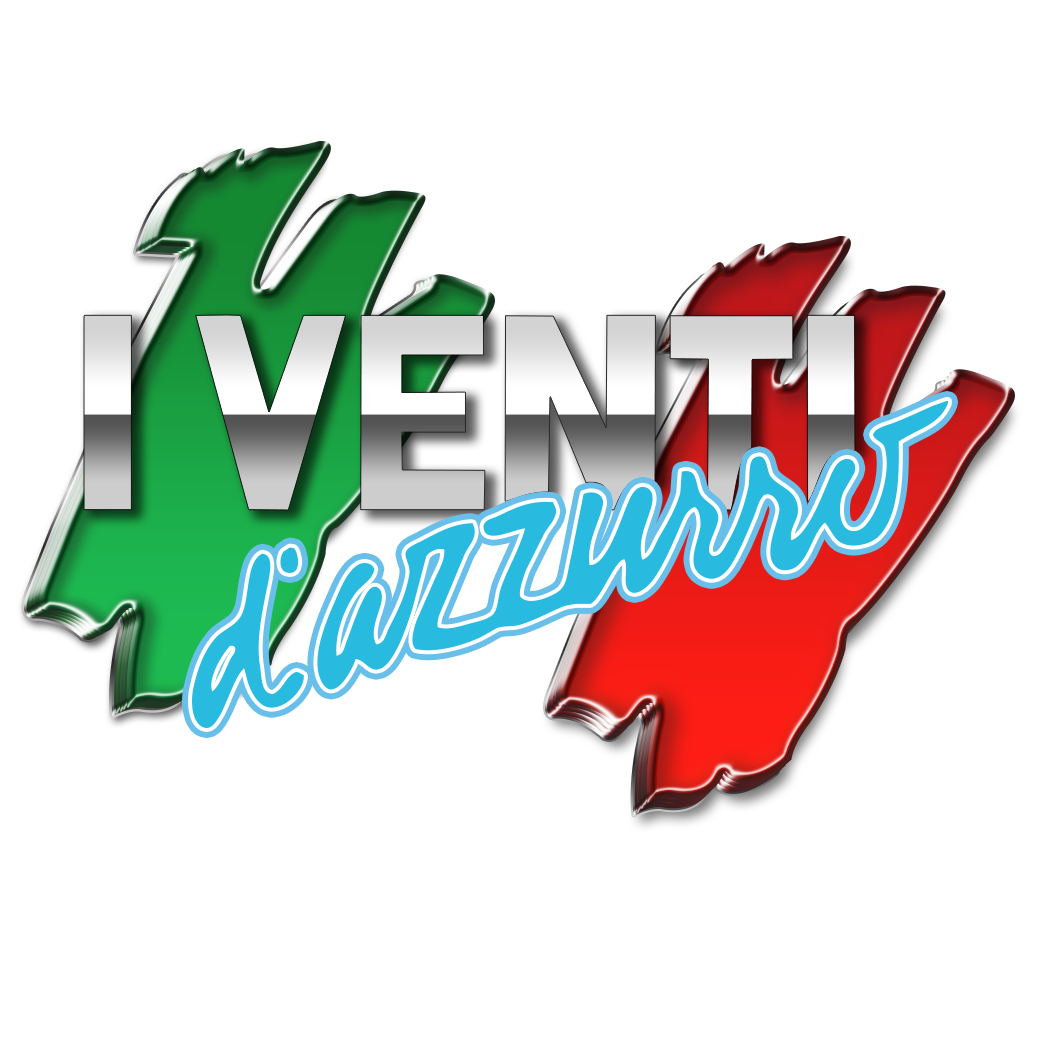The years 1983 - 1985 we can consider as an experimental era for the disco made in Italy. Young Italian musicians and producers bought electronic musical instruments and created their own music.
New technology made it possible that electronic musical instruments became affordable and the invention of the MIDI (Musical Instruments Digital Interface) protocol in 1983 made it easier for electronic devices to communicate with each other, so making music became more efficient and you could prepare your songs at home and then take it to a bigger professional studio to record your ideas.
Of course the Italians were listening to the big and famous groups and artists of the USA and UK. You can hear in the early 1983/1984 Italian productions some new wave elements which was based on UK groups like The Human League, New Order, Yazoo, Heaven 17, ABC, OMD and Ultravox. Another influence came from the USA, producer Bobby Orlando (with Italian roots of course), made disco records with only electronic equipment (drumcomputers and synthesizers). He published and created an enormous amount of records from 1981 - 1987 and the best known are from Divine, The Flirts and Hotline. A third component/influence we would like to mention is the freestyle disco style from the USA, with groups like Man Parrish and Shannon. And of course we don't want to forget Patrick Cowley and the San Francisco scene as a big influence on the Italian producers. You could say that when you mix up all these different styles and add it with Italian sauce you'll get the Italo disco sound from these years.
The "new" Italian sound took over in the hit charts and discotheques all over Italy and abroad. If you look at the amount of records from that time you'll have to admit that there was much inspiration. Major companies also invested in Italian disco projects: Warner (WEA Italia), EMI (EMI Italia) and CGD (Sugar Music) also invested in these kind of projects. Groups and artists like Novecento, Baltimora and Righeira signed deals with the major companies and did very well in sales. But the new sound not only attracted the big companies, also the smaller independent ones took their share. One nice example is the independent label Italian Records that did some "punk and new wave like" projects but switched to the disco dance style with groups like Gaznevada. This resulted in signing a deal with EMI for Gaznevada in 1985.
After the success of the three independent distribution companies we've mentioned in chapter 1, new ones were started like Non Stop SpA Distribution in Milano, Ala Bianca in Modena and Best Record in Rome (already founded in 1982). Beside these new companies, a lot of discotheques and DJ's started making their own music in small and simple (home) studio's. Between 1983 and 1987 Italian producers and record labels made some 4.000 - 5.000 releases in the genre which we now call Italo Disco but it was not called Italo Disco in that time frame, it was then considered as "regular" disco or dance music. A lot productions from that time are very hard to find nowadays, that's no coincidence because the amount of records pressed was not so much. We got hold of some figures of the il Discotto company and a "normal" record would do around 2000 copies. The mixes on the il Discotto label like the Cocktail and Hulahoop Mixes were higher in numbers, around 10.000 copies were pressed since these were also exported a lot.
The name Italo disco was invented by the German ZYX record label owner Bernard Mikulski. In 1983 he released a mix on ZYX records called Italo Boot Mix plus an album called the best of Italo Disco and thus named the style Italo or Italo disco. From that time on the musical wave coming from Italy got it's name tag. The ZYX company played a big part in the Italo disco movement because they released about 80% Italo Disco style records and had good distribution throughout Europe.
There was a big difference in "quality" of music in that period, in this sense we mean musically and production wise not in the sound quality. Some labels had good composers, musicians and singers like Memory Records and others published a lot with a small budget, home made productions and projects and those sound a bit "cheesy".
Quite a few discotheques sponsored record projects, one good example is the Xenon discotheque in Firenze. Xenon resident DJ Marzio Dance composed with local musicians some real "underground" gems. The parent label Full Time Records did the pressing and distribution of the Xenon records.
Also a lot of Italian composers and musicians that made pop music started to write and compose songs in the Italo Disco style making some money. Some examples are Angelo Valsiglio and Marco Masini.
The most influential record labels in the 1983-1985 period were Memory Records, Discomagic, Baby Records and the il Discotto labels.
